In both academic research and manufacturing contexts, X-Ray diffraction is an established method used in the analysis of pharmaceutical formulations and mixtures. There is also an increasing need for adaptable X-Ray diffractometers to facilitate pharmaceutical studies, alongside a growing societal requirement for cutting-edge drugs.
Demanding screening criteria such as salt formation, co-crystallization or polymorphism during research and production quality control must be met by active pharmaceutical ingredients (APIs) and other compounds.
Thanks to its intrinsic sensitivity and capacity to distinguish between divergent crystallographic structures, these steps can be conveniently satisfied with the assistance of powder X-Ray diffraction.
There is also the possibility of undertaking dynamic studies and investigating various solvents by assessing the crystallization behavior of compounds and non-ambient conditions. Moreover, it is now possible to perform the routine interpretation of the crystal arrangement of new compounds from powder data.
X-Ray diffraction additionally ensures the significant enhancement of processes, as it allows the researcher to monitor contamination during synthesis.
Instrument
The portfolio of Thermo Scientific™ ARL™ EQUINOX Series constitutes a full range of XRD instruments, which range from sophisticated floor-standing, high-performance research level setups to straightforward, user-friendly bench-top systems for everyday analysis.
A bespoke 50 W Cu or 15 W Co high-brilliance micro-focus tube, supported by mirror optics, is engaged by The Thermo Scientific™ ARL™ EQUINOX 100.
The instrument does not need an external water chiller due to the low wattage demands. The unit is therefore portable and can be transported into the field or between laboratories, eliminating the requirement for any specific infrastructure.
Due to its distinctive curved position sensitive detector (CPS), the ARL EQUINOX 100 provides rapid data acquisition rates when compared to competing diffractometers. In real-time, this calculates all diffraction peaks at the same time, so it is ideally suited for transmission mode calculations (cf. Figure 1).
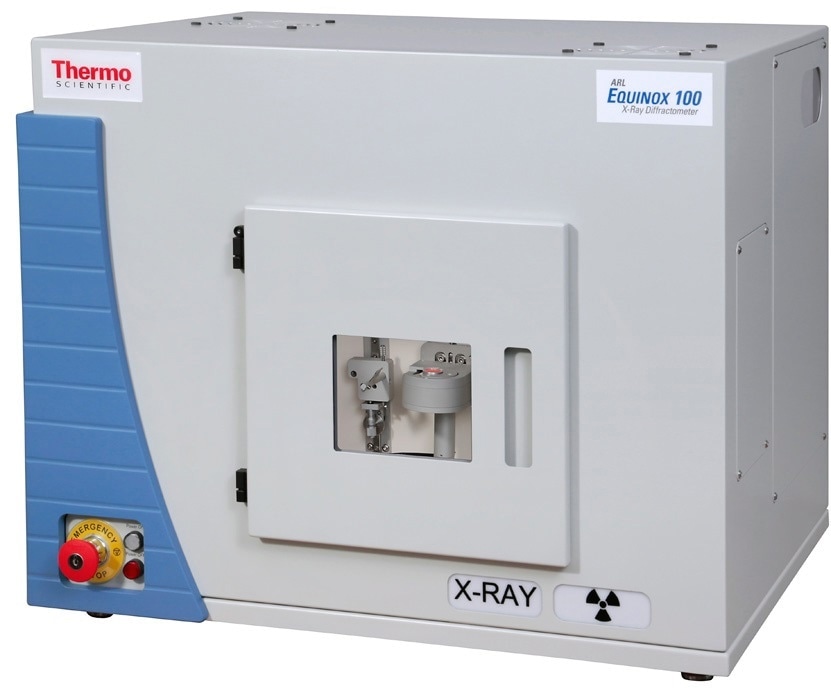
Figure 1. ARL EQUINOX 100 diffraction system. Image Credit: Thermo Fisher Scientific - Elemental Analyzers and Phase Analyzers
Experimental
Ibuprofen samples were taken from four alternative providers before being crushed and, with the use of scotch tape, packed into transmission measurement cups. Each sample was turned before being computed for ten minutes using Cu-Kα radiation (1.541874 Å).
MATCH! E was used to undertake data processing and assessment, which is subsequently reinforced for qualitative phase analysis by the COD database.
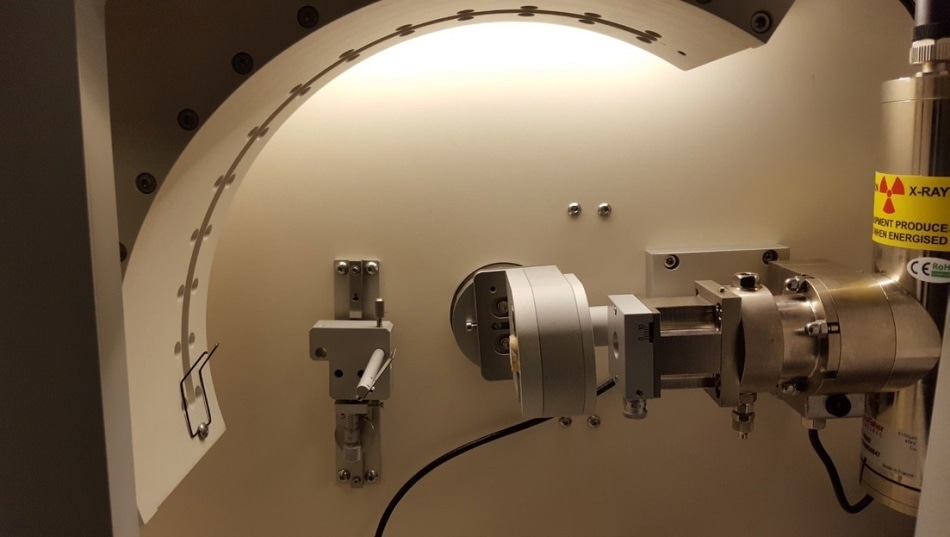
Figure 2. ARL EQUINOX 100 in transmission measurement mode. Image Credit: Thermo Fisher Scientific - Elemental Analyzers and Phase Analyzers
Results
Typically, ibuprofen commodities (200 mg), whether branded or unbranded, include an assortment of non-API compounds (like cellulose, pigment or filming agents), which usually diverge between providers. In order to explicitly differentiate between crystalline phases in such compounds, the perfect methodology is XRD.
Below, four samples from four different providers are presented, which show divergent formulations (peak positions are represented as vertical lines).

Figure 3. Diffraction pattern (4 - 50° 2θ) from four vendors (patterns are shifted vertically for better comparison). Image Credit: Thermo Fisher Scientific - Elemental Analyzers and Phase Analyzers
Clearly, the evidence of the different products demonstrates differing diffraction patterns (cf. Figure 3). One generic product on the market was examined, which revealed Ibuprofen as the sole crystalline phase (cf. Figure 4). These results show similarities to one branded product, in which only traces of talc (green, implemented as a lubricant) were observed (cf. Figure 5).
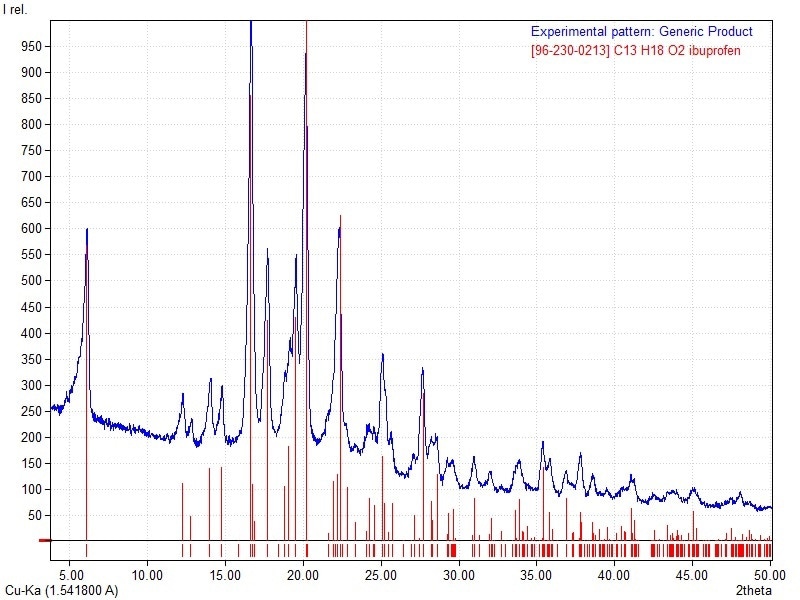
Figure 4. Diffraction pattern (4 - 50° 2θ) of generic product. Image Credit: Thermo Fisher Scientific - Elemental Analyzers and Phase Analyzers
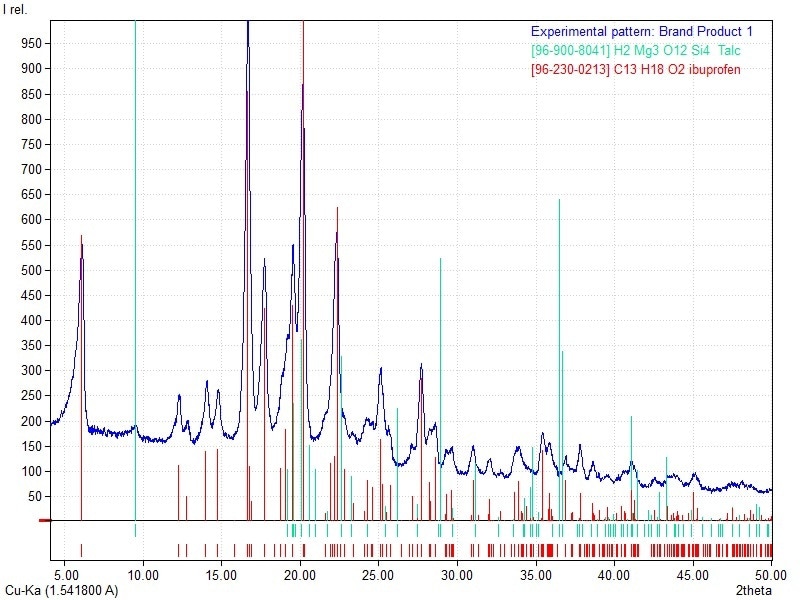
Figure 5. Diffraction pattern (4 - 50° 2θ) Brand Product 1. Image Credit: Thermo Fisher Scientific - Elemental Analyzers and Phase Analyzers
To achieve alternative specifications (cf. Figure 6), some providers utilize additives (in addition to talc). Of these, Brand Product 2 is contrasted with Brand Product 3, the former of which contains Sodium Citrate (purple) but includes no Calcite (grey) (divergences are represented by arrows).
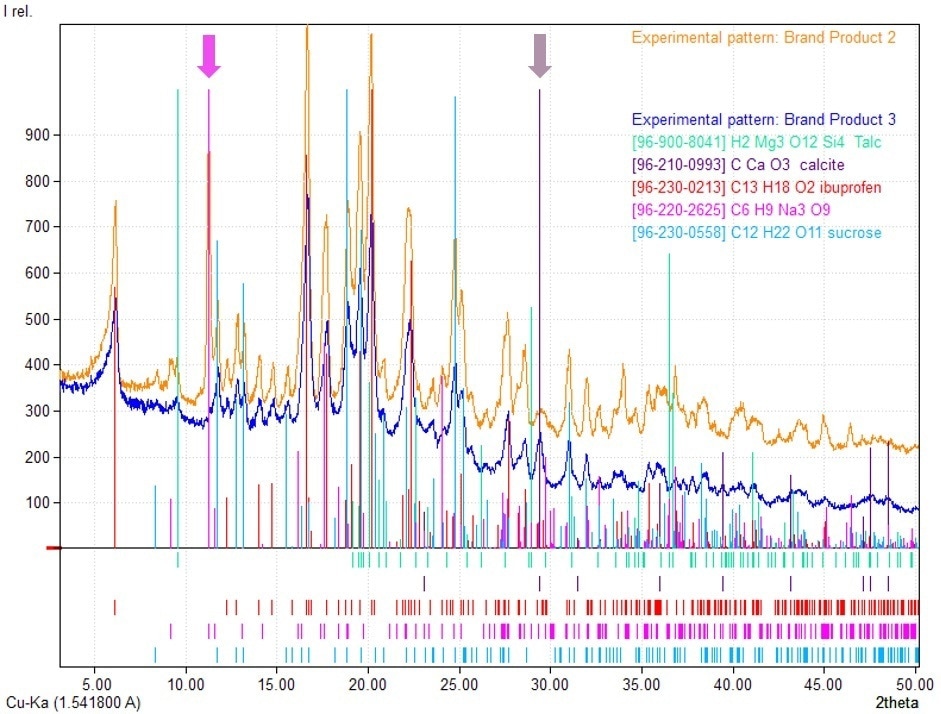
Figure 6. Diffraction pattern (4 - 50° 2θ) Brand Products 2 and 3. Image Credit: Thermo Fisher Scientific - Elemental Analyzers and Phase Analyzers
Buffering agents – namely Sodium Citrate and Calcium Carbonate – are employed to minimize the stomach damage generated by Ibuprofen, while a more agreeable flavor is imparted by the Sucrose (blue).
Conclusion
The user can explicitly reconcile the crystalline phases in divergent pharmaceutical compounds, thanks to the favorable resolution of the ARL EQUINOX 100 in transmission mode geometry. To undertake a qualitative phase analysis, a ten-minute calculation time is all that is required, which simultaneously enables the detection of trace phases.
The ARL EQUINOX 100 can therefore be used in all sectors of pharmaceutical research or production and is an efficient, user-friendly instrument that can be applied from preformulation to QA/QC of the consequent pharmaceutical commodity.

This information has been sourced, reviewed and adapted from materials provided by Thermo Fisher Scientific - Elemental Analyzers and Phase Analyzers.
For more information on this source, please visit Thermo Fisher Scientific - Elemental Analyzers and Phase Analyzers.